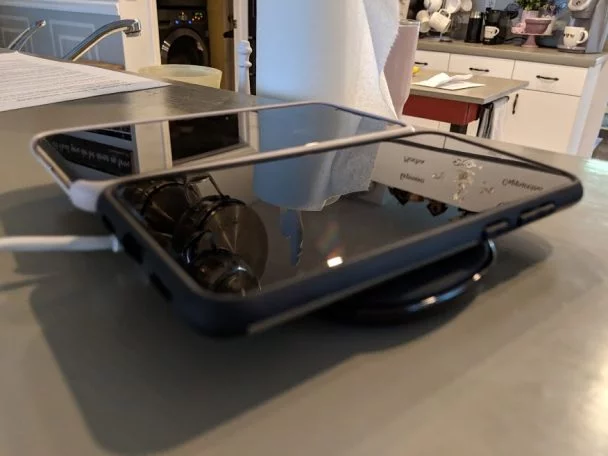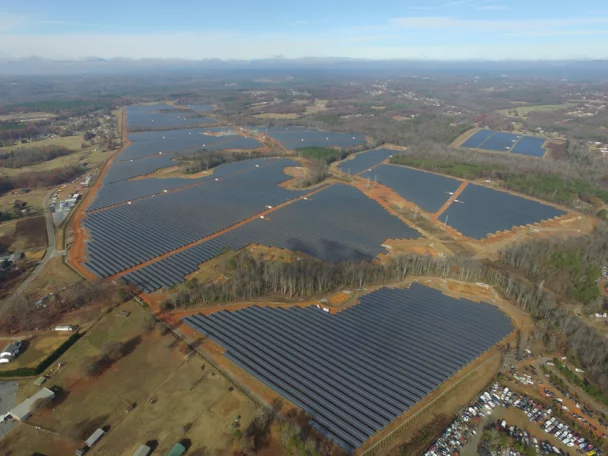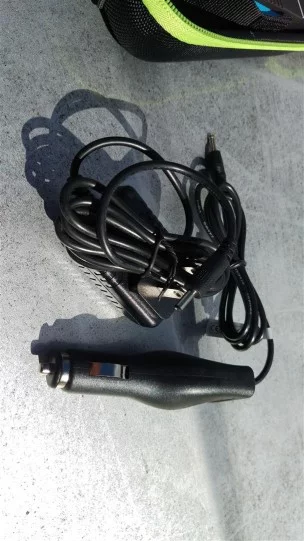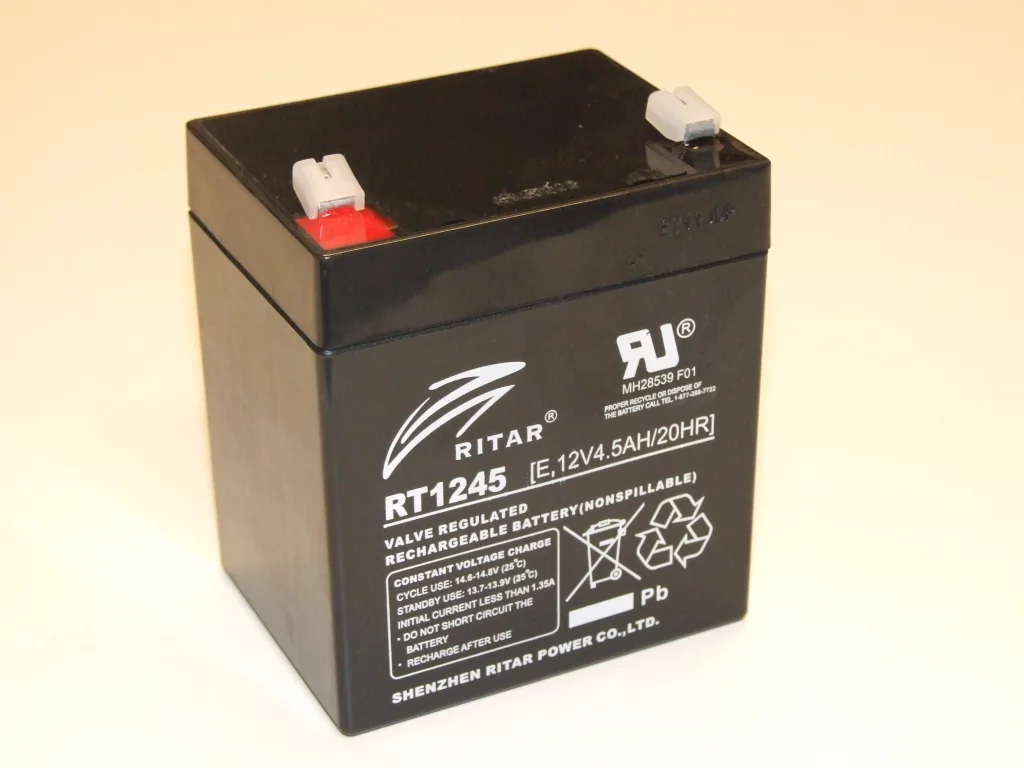What not to buy in a portable power bank (and what questions to ask yourself)
I’m not recommending anything, but here’s specifically what I’m suggesting you stay away from – portable power bank / charger gimmicks, traps to avoid, questions to ask yourself before plunking down any money.
TL;DR – 9 years using portable cell phone charging battery banks, whole lot of text, not a lot of pictures, what not to buy.
Chargers with odd methods to recharge them
A while back I got a charger that’s really pretty heavy duty. It’s got a large battery, can charge two phones and has an electrical outlet or two and it’s damned cool and I have no way to charge it back up. Oh, it came with a brick charger, and said brick charger stayed at home and was put in a place where it would not be lost and of course is now lost.
All the rest of my portable chargers I can charge via USB, or they have built-in wall plugs and I can slap them into the wall. One I can plug an extension cord into. This one little brick charger has been used about four times and the replacement brick is about half the price of the unit. I’m going to toss my house to locate the charging cable for this, but man, if I charge USB I should be able to recharge via USB.
The problem with specialized power sources is this – you lose the power source you don’t charge the unit again. You want to charge in a car you need to bring that power cord along to charge your battery and maybe an inverter to charge it. You want to charge at a friend’s house without going home to get that adapter you need to buy them a special charging brick to keep at their house.
Non-USB and random power bricks you have to keep up with means a much more limited use case.
Everyone with a smart anything can charge a USB-A device these days.
Wireless charging
I love wireless charging at night, and maybe with the 15+ watt chargers things have turned the corner, but in general it’s been slow, a lot less efficient (which you do have to consider when dealing with a battery, not so much plugged in,) and when you’re dealing with a portable wireless charger you’re putting that thing down and praying nobody bumps into it and knocks your phone or phones off the eighth of an inch that they’ll charge on.

Oh here, let’s put my wireless headphones on this portable wireless charger on a coffee table and hope nobody bumps into it.
I mean, maybe you’re different, but if I need to charge my phone and I’m out and about a flat table that will be untouched that I can put my phone on probably is not in the cards. If I’ve got a flat table I’ve probably got an outlet. For me portable chargers are probably wired.
Ah, here we are out camping. Let’s break out this thing that looks like an iPhone’s sex doll, place it somewhere, and then put a phone or three on it to charge slower than plugging it in would take in the hot sun.
I’ve got wireless charging units, they work, they’re as fast as wireless charging goes, which for me is slower, and the main problem is having to lay the charger somewhere where it’s not going to be disturbed. Out and need a charge? Good luck sitting there. Wireless is great for at night near the bed when you want to just put your phone up and wake up to a charged phone, or you want to answer the phone without pulling down 15 other things the cable got caught in.
Not so great in other areas in my experience.
Solar anything (for chargers)
Solar works, don’t get me wrong, but most people don’t tend to understand that the amount of power you’re saving, and the amount you’re generating by going solar on a phone are laughable. A full backpack solar panel if you lay it out in the sun all day with the panels pointed to the sky can probably get you through the night with enough juice for your phone. Those are generally $100+ investments to generate 6 cents a year worth of electricity, slowly.

300mA solar panels on a 10,000mAh solar power bank appear to be pretty standard, to give a little insight into that you’re going to be able to charge about a quarter of the capacity of the battery every 12 hours assuming full sun and pointing it toward the sun constantly. As a note, you’re not going to have 12 hours of charging, the average is 6 hours per day.
These seem like a good idea for emergencies, however in an emergency like a tropical storm you might not see the sun for a few days after.
I will say, if you’re camping and just want to keep topped off and charge a camera, lights, etc, ignore this. You know what you need. There are also larger panels in the $100 range that will generate enough power for you to watch Netflix all day and night while camping.
All this and can jump start a car!
Little bit of a shock here, but jump starting a car isn’t that impressive of a feat for a battery. A cell phone battery can do it and a non-devoted charger with a capacitor attached to some jumper cables can do it as well. I’m not advising *against* car jump starters that can also charge your phone, however I am giving this warning: if you don’t charge the power bank in your car regularly, it will die, or at least it will be dead when you need it.

Most of these do not come with methods to plug in, forget them, and trickle charge themselves until they’re needed. As such, 5 months in your car battery dies and you’ve got that awesome portable wireless charging jump starter that’s been sitting in your glove compartment or trunk and it’s dead.
If the jump starter doesn’t have a method to sit in and charge/condition off of a car power supply properly you’re going to probably be disappointed. Also what use case are you using a wireless charging car jump starter? Dreams of jump starting a potential mate’s vehicle and then enjoying a glass of wine by the pool while your phones charge on the 3-Qi-charger?
Slewwwwwwww
Do you have a 20,000mAh battery? You probably want to be able to charge your devices pretty quickly and understand that you’re wanting 1500-3000mA output, but what about input? I’ve got a 15,000mAh battery in my stack of review the past couple of years that can only charge at about 1amp. This means in a perfect world I’d be looking at 15 hours battery charge time, but nope, even at 1amp charging we’re going only at ~80% of that so about 18 hours to charge.
On a large battery this may seem silly, but when you realize the charger you wanted to take camping is no more, and try and charge up your brick six hours in, you’ve got maybe a charge or two for your camping weekend.
Non-rechargeable
You can get a power bank that uses batteries you pick up at the grocery store. They’re the most wasteful things I’ve run across, they work, but man they cost a lot and leave a trail of battery waste behind. They’re the one-use of the charger world. After about 10 charges you’re probably looking at having spent enough on batteries for a good little rechargeable power bank.
Chapassthroughrgingpassthroughcharpassthroughging
Passthrough charging is something you probably want to look into. This allows you to go from a power source into the power bank, and then from there into your phone. Passthrough charging allows you to always have a topped off charger and charge off of that charger and know you’ve got a full power supply all the time.
Most power banks are passthrough these days, but a lot of them do things like take Qualcomm Quick Charge 3 input and drop it to 2A standard output. While not a deal breaker generally, if you’ve invested some money in a good charger it’s nice to get the benefits of it. Check that your charger’s inputs match the outputs, which is kind of difficult to do because nobody seems to list it on product pages.
I’ve got a couple of batteries that exist solely to annoy me because they take QC3 and turn around and charge my phone at about 1500mA.
100,000mA+ batteries
You might be surprised that a 100,000mAh battery exists that can charge a cell phone and that the price is strangely nearly the same as a 10,000mAh battery. Technically these things exist but it’s BS.
It’s late, I’m sure someone can explain this better than I can, but 10K mAh (at the voltage the phone takes) is ~37Wh. These 100,000mAh+ batteries are using 1/10th the voltage on their spec sheets, or outright lying, but the end result is ~37Wh as well. One Milllllllllion mAh at 1/100th the voltage? Also ~37 Wh. It’s late, electrical engineers don’t hate.
This was written at about 1am in 2020, so the 100K batteries are mostly scams. I’m sure 2022 on someone’s going to comment that I don’t know what I’m talking about.
Taste’s great, less filling
Ok, so your charger looks good, people have no question about your taste in chargers (yes, that was punctuated correctly,) but it’s taking forever to charge your phone. You need to make sure your charger works with your phone’s special fast-charging type or you’re going to be taking as long as is possible to charge it.
There’re multiple specs out there, Qualcomm Quick Charge, Fast Charging, whatever iPhone’s doing now. While there’s a universal power delivery standard, each one of these special types gets power to your phone at different rates usually by swapping up voltage. 2 amp charging on my phone can take a couple of hours to fill my phone, or just under an hour if we’ve got a Quick Charge 3 capable charger that moves the volts to one louder.
The less time you’re tethered to a portable charger the better, in most use cases.
The TL;DR questions breakdown
Will you ever use the wireless charging? (uses more power off the battery, requires the device to not move)
Can you charge it at a friend’s house, in a car, a wall outlet you just are near, or at work without buying equipment?
Do you understand how little power you’re actually generating from the sun, turbine, crank?
Does it have cables built in to connect it to your devices or are you going to have to carry around more stuff?
In the event of solar are you going to leave your phone under a solar panel all day? Charge a battery? You understand that backpack with a solar panel you’re only going to charge if you’re walking away from the sun right?
If it’s in your car are you going to put this on your schedule to charge it every two months or find it dead?
Is the charger rated temperature-wise for the heat of being stored in your car?
How do you imagine yourself charging your phone?
For me the only place I’ll use wireless charging is at home at night, my power banks I like to charge in the car passing charge through when I need it, I do like having the ability to solar charge but it’s not something I expect to use during a trip or an emergency, I’ve got jumpstarter batteries on my calendar to recharge because nobody has given me a trickle charge / plug and forget jumper, there are only a couple of units I’ve found rated to hang out in my car without exploding, and generally I find the charger and my phone end up in a pocket while I’m doing something.
Your use cases will be different, but ask yourself those questions before you purchase anything.
What do we recommend in terms of power banks? Nothing here. Enjoy. I’m not attempting to sell you anything although AdSense may be attempting to with banner ads which you can feel free to ignore.


